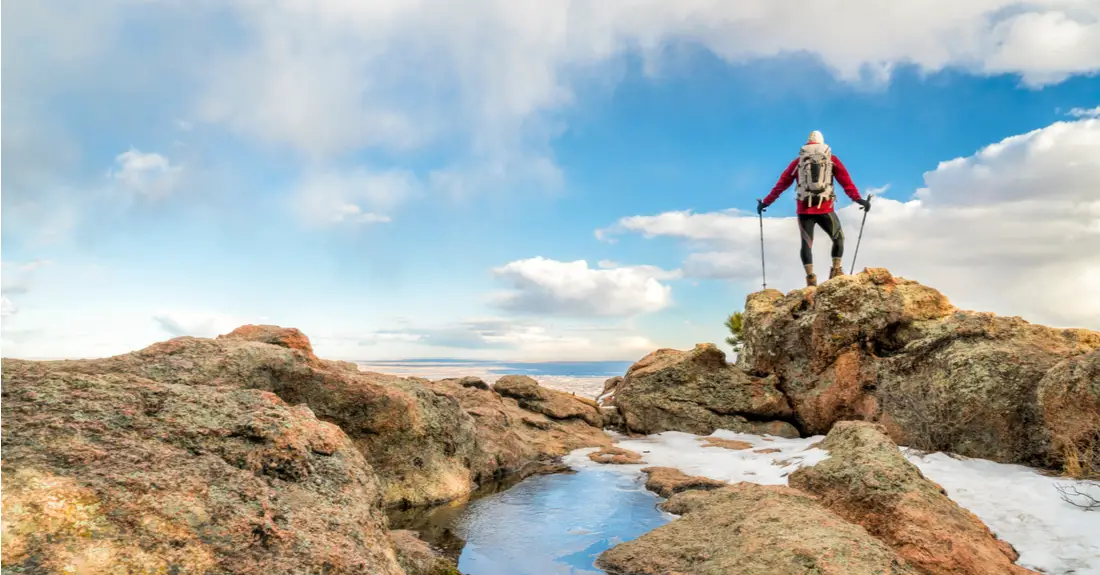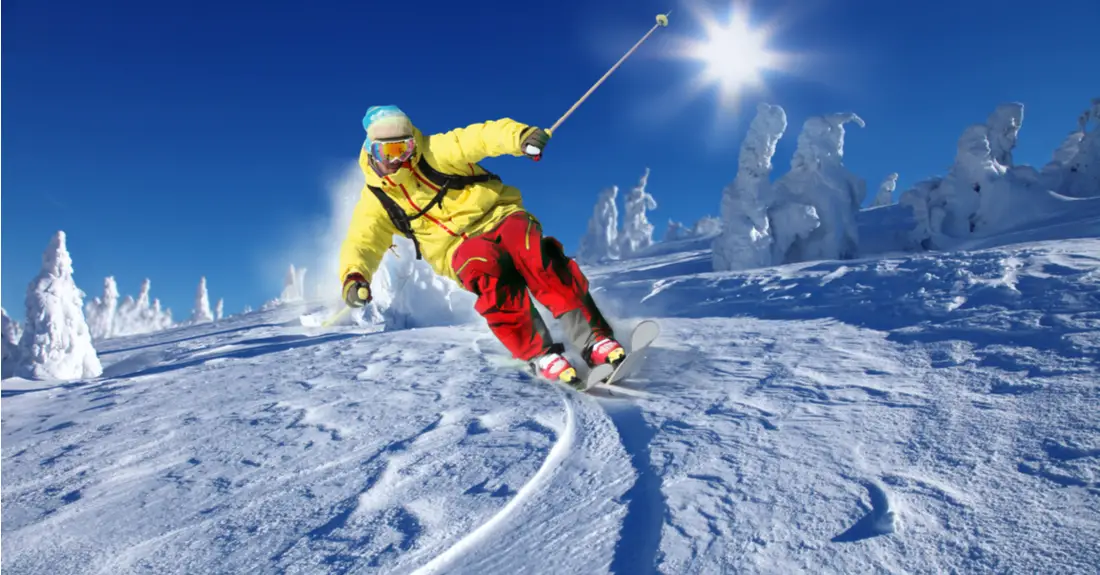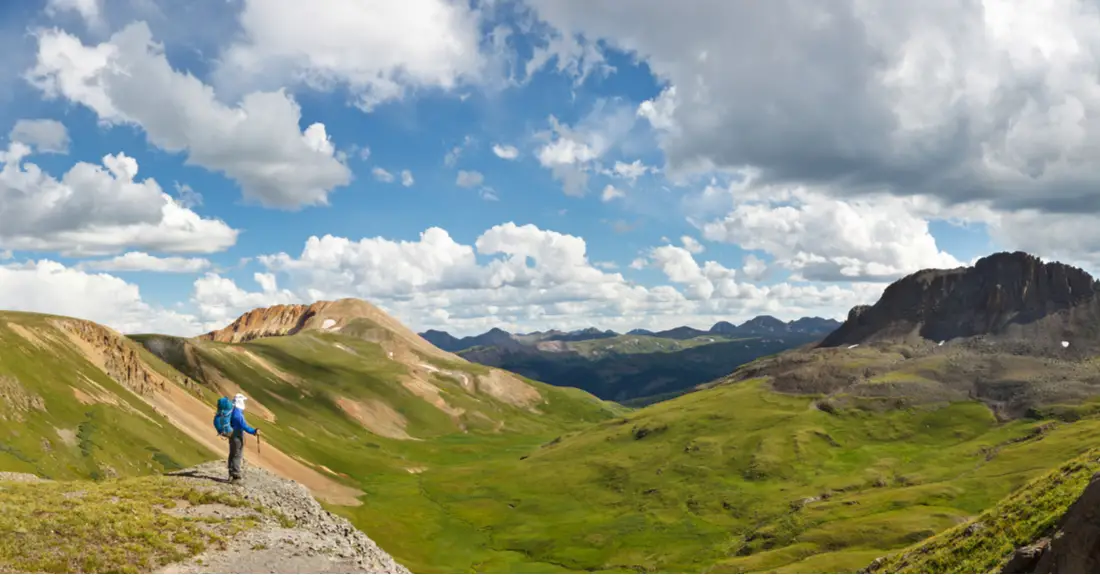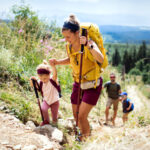Altitude Sickness in Colorado: Symptoms and Tips


You’ve had a lingering headache and haven’t slept well after a day of skiing, or perhaps you find yourself dizzy and short of breath on a hike. Maybe lethargy has overtaken your zest for adventure, or you’ve lost your appetite. If you’re in Colorado (or another high altitude destination), altitude sickness might just be the culprit.
To make the most of your time in the Centennial State, look through this quick guide to altitude sickness in Colorado, with symptoms and tips for acclimating to the elevation.
What is altitude sickness and why do people get it in Colorado?
According to the Cleveland Clinic, altitude sickness (also called mountain sickness) comprises a group of symptoms triggered by changing elevations too quickly, without giving your body enough time to adapt to the lower air pressure and oxygen levels.
Mild symptoms of altitude sickness include dizziness, shortness of breath, fatigue, sleep problems and loss of appetite. Moderate to severe altitude sickness might cause loss of coordination, severe headache, nausea, vomiting, tightness in the chest or confusion.
If you’re in Colorado, you’re at 3,315 feet even at its lowest point (the average altitude is 6,800 feet). And many adventure activities — hiking, mountain biking, skiing, climbing — put you even higher. Traveling from a lower altitude destination, or even traveling to a higher-altitude spot within Colorado, can cause symptoms of altitude sickness.
Who is affected by altitude sickness?
Altitude sickness can affect anyone, young or old, fit or sedentary, even people who have grown up or live in relatively high-altitude cities, like Denver. You might feel fine on one trip and suffer from altitude sickness the next. In general, people who live at lower elevation or who have suffered symptoms before seem to be at a higher risk. Those with underlying heart or lung issues may also be more vulnerable.

At what altitude do people experience it?
While “high altitude” is generally defined as 8,000 to 12,000 feet above sea level (anything above is classified as very high or extremely high), symptoms can kick in at lower elevations as well. The greater and more rapid the ascent to a high altitude (and the more energy exerted), the more likely altitude sickness will develop. Symptoms tend to show up within 12 to 24 hours of arriving at high altitude.
Does diet and nutrition have an impact?
In short, yes. Alcohol and salty foods can lead to dehydration and a greater likelihood of developing symptoms. The body metabolizes carbohydrates more easily at high altitude compared to fat and protein. Try to get at least 70 percent of your daily calories from carbohydrates. Consider incorporating foods high in potassium, like banana, avocado, broccoli, dates, potatoes and tomatoes, to help balance your electrolytes.

Can you get altitude sickness when skiing or hiking?
Strenuous exercise, including hiking or skiing, can increase the odds of developing altitude sickness. But that doesn’t mean you have to sit out of these activities. Plan to take it easy for the first day or two, and book your hotel at a lower altitude than where you’ll be active during the day. Where you sleep tends to make more of an impact on whether or not you suffer altitude sickness. Climb high, sleep low.
How to avoid getting altitude sickness
If you want to prevent altitude sickness from throwing a wrench in your travel plans, plan ahead and take these precautions before and during your trip:
- Spend your first night in Colorado at a destination under 7,000 feet, like Denver or Colorado Springs, to help your body adjust.
- Drink lots of water. This will also help prevent dehydration in Colorado’s dry climate. WebMD recommends at least three to four quarts per day.
- Avoid tobacco, alcohol and overly salty foods, especially early in your trip.
- Increase your altitude gradually, no more than 1,000 feet a day at altitudes above 10,000 feet. And try to sleep at a lower altitude than your day’s activities.

How to treat altitude sickness
Sometimes, even the best laid plans go awry. If you start experiencing symptoms of altitude sickness, the best solution is to immediately descend to a lower altitude; this is especially important in cases of severe sickness. For mild symptoms, like headache, the Cleveland Clinic recommends over-the-counter medicines. Mild cases generally fade after a couple days of acclimatization.
Severe altitude sickness is a medical emergency requiring immediate medical attention.




